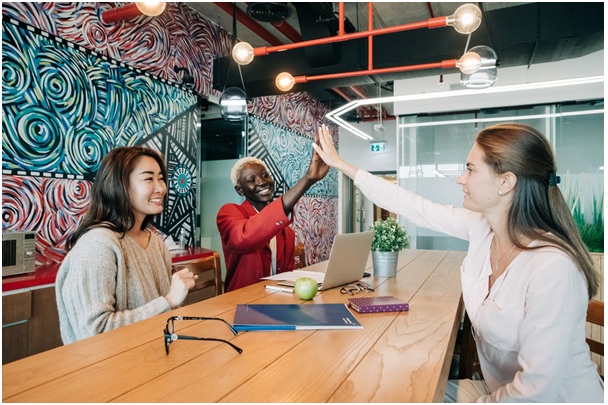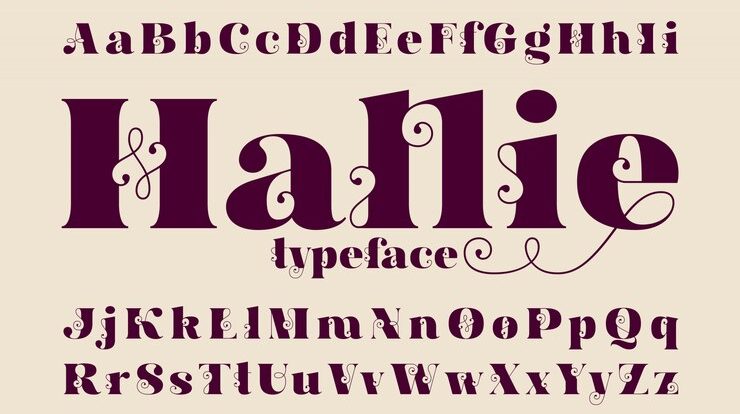
Table of Contents
Co-Creation in Action
Co-creation is one of the forms of collaboration when ideas are being shared and discussed with each other. A collaborative work environment is indispensable for creating a better product or tool. Every space businessman profile will highlight that the effectiveness of a team and its collaborative workspace largely depend on the personal qualities of its members and the relationship between them.
To create a collaborative workspace, follow these tips:
- Define the number of employees for a particular project.
- Specify the goals and objectives of the project and the collaborative work.
- Create group contracts for collaborative work that will outline the particular obligations of each member. Group contracts for collaborative work must include names and contact information of the parties to the contract, their responsibilities, actions to do if a problem arises.
- Set out the benefits and bonuses the members will get as a result of their efforts.
- Help the members of the team to get to know each other and be comfortable around one another.
- Train team members to use collaborative work platforms effectively.
- Assign every member of the team with a particular task and establish a control system.
Collaborative work style requires mutual understanding, the ability to hear other people out, flexibility, communication, motivation, and encouragement. While creating effective collaborative work is difficult and time-consuming, it is worth it. There are numerous projects and tasks that require mutual assistance and unique ideas.
Collaborative Work Goals
Collaborative work sets multiple goals, namely:
- Innovation
Collaborative work will be effective if the team can adjust to new requirements quickly and do the work efficiently. Even if you create a group contract for collaborative work and set out the plan of action in case of unmet expectations, you are still very likely to face some external environment changes. Things rarely go according to the plan, so the team must be prepared for any change.
- Productivity
The main goal of any collaborative work is to reach maximum productivity with minimum use of resources. The most significant advantage of collaborative work is the ideas and opinions the members provide, which leads to spending less time on a task and being much more productive. Collaborative work can reach top-tier productivity only if all members are committed to the task and can provide mutual assistance. Collaborative work will also save a lot of money for the company as you manage resources wisely. An example of this could be Grove collaborative. How does grove collaborative work? Grove Collaborative beats the prices of the average grocery store by 30%.
You must remember that a conflict is a typical situation for collaborative work, and it should be seen as an opportunity to solve problems. Problems that are brought up for open discussion can be resolved before they become destructive. However, it is very likely that you will need to replace team members who are unwilling or unable to act according to standards and agreed rules in the group contact for collaborative work.
Main Stages of Co-Creation

Co-creation has three main stages — idea, collaboration, and assessment.
Stage 1: Idea
Collaborative work starts with an idea. Each member of the team should fully understand their mission. Ideation requires thorough brainstorming and coming up with unique creative solutions. Since collaborative work provides more voices to be heard, it opens up the opportunity for innovations. A high-performing team knows its main purpose and values. Collaborative work combines players with different thoughts and visions, so it is crucial to bring the ideas together and set out the best solution.
Stage 2: Collaboration
As the process of collaborative work requires more than one person, it is essential to learn how to provide mutual assistance and respect. One of the biggest obstacles to effective collaborative work is an unclear idea of what the responsibilities of each person are. Every member should have a distinct understanding of what is expected from their work and, most importantly, the time frame. Being an effective player in the co-creating process requires specific knowledge and skills.
So, how to be collaborative at work?
- Trust and respect each other.
Collaborative work requires mutual respect and assistance. While every person is unique with their own vision and opinion, it is important to respect other people’s choices and ideas. A collaborative workspace might combine people of different ages and with opposite beliefs. However, if you accept other people’s vision, you prevent conflicts and misunderstandings in the team.
- Learn how to hear other people out.
Collaborative work opens vast opportunities to create unique solutions with so many voices to be heard. However, you will probably sometimes disagree with your colleagues, and they will disagree with you. Everyone can make mistakes, and it is crucial to acknowledge that someone else’s idea can be better and more effective. If your idea was not appreciated, it does not mean that you lost. Instead, you won a lot of time and got the chance to do the task quicker and more efficiently. Brainstorming is an excellent way to see all the pros and cons of ideas and solutions.
- Common goal.
Collaborative work always sets a common goal that each member of the team should strive for. A common goal is one of the primary conditions for effective co-creation. While everyone’s tasks and responsibilities will be different, the ultimate goal is always the same. Collaborative work will become inefficient if someone begins to work towards their own goal.
- Have no secrets.
All processes of collaborative work should be open and transparent. This means that any separate discussions, brainstorming, rumors, speculation in the team must be prohibited.
- Enjoy the process.
Collaborative work will be effective only if its rules are clear to everyone and accepted by everyone. If you are part of a co-creation process, you need to be polite and learn how to work comfortably with everyone. A positive attitude makes collaborative work efficient and pleasant.
Stage 3: Assessment
The assessment stage is crucial as it allows us to weigh all the pros and cons of the process and make the final decision. The more people are involved in the assessment stage, the more likely it is to get a perfect solution to a problem. Collaborative work connects and challenges people, which results in higher performance and better outcomes.
While brainstorming and assessing ideas, it is crucial to respect other people’s ideas and thoughts as well as to be able to hear them out and change your vision if necessary. Collaborative work encourages the desire to test assumptions in practice, question existing processes, and put forward different perspectives and alternatives.
The basic process for achieving agreement and effective assessment is to identify differences and bring out assumptions. Each member of the collaborative work can have their own unique perspective of the matter. The process of achieving it is to find out the opinion of everyone, speak it out and bring all perspectives to one point.
Conclusion
Collaborative work is an effective tool to reach the common goal faster. With many voices to be heard, you must learn how to help one another and respect new ideas. Collaborative work opens limitless opportunities for every member. You learn how to find the best solution for complex problems in no time. Co-creation is an exciting process with vast possibilities for growth and development. However, it does not mean that all will go according to the plan. It is important to learn how to adjust to new circumstances and accept challenges.
What experience of collaborative work have you had? What was the result of such collaborative work? Share your experience in the comments, please.







